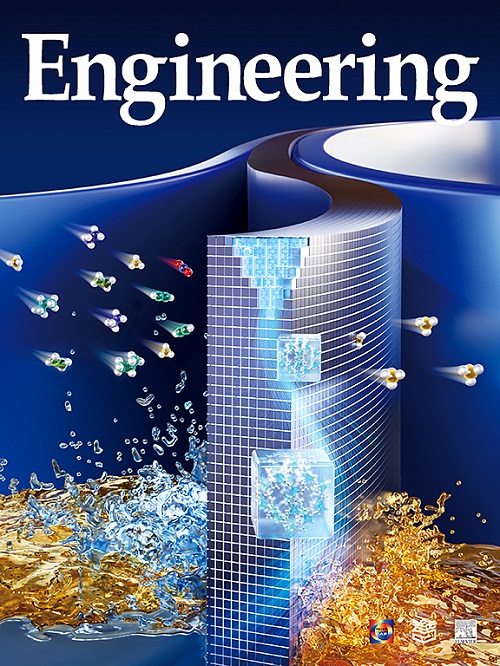Organ Preservation: History, Advancements, and Perspectives
IF 10.1
1区 工程技术
Q1 ENGINEERING, MULTIDISCIPLINARY
引用次数: 0
Abstract
Recent advances in organ transplantation, regenerative medicine, and drug discovery have emphasized the critical importance of effective preservation techniques for organs. Despite these advances, current preservation techniques have significant limitations in maintaining the viability and functional efficacy of organs over the long term. As a result, there is a pressing need to develop reliable and efficient preservation strategies for organs. Currently, the clinical standard for organ preservation involves the use of static cold storage and organ machine perfusion, but these methods can only preserve organs for a couple of days or even a few hours. Notably, the development of cryobiology has yielded promising alternatives. In this review, we aim to provide a comprehensive overview of the progression of organ preservation methods, while emphasizing the limitations of traditional approaches. Moreover, we evaluate advanced preservation techniques for organs, including kidneys, livers, hearts, lungs, and intestines. Furthermore, we share a progress perspective on the future of organ preservation, with the ultimate goal of achieving viable long-term preservation to address the pressing issue of organ shortage.
求助全文
约1分钟内获得全文
求助全文
来源期刊

Engineering
Environmental Science-Environmental Engineering
自引率
1.60%
发文量
335
审稿时长
35 days
期刊介绍:
Engineering, an international open-access journal initiated by the Chinese Academy of Engineering (CAE) in 2015, serves as a distinguished platform for disseminating cutting-edge advancements in engineering R&D, sharing major research outputs, and highlighting key achievements worldwide. The journal's objectives encompass reporting progress in engineering science, fostering discussions on hot topics, addressing areas of interest, challenges, and prospects in engineering development, while considering human and environmental well-being and ethics in engineering. It aims to inspire breakthroughs and innovations with profound economic and social significance, propelling them to advanced international standards and transforming them into a new productive force. Ultimately, this endeavor seeks to bring about positive changes globally, benefit humanity, and shape a new future.
 求助内容:
求助内容: 应助结果提醒方式:
应助结果提醒方式:


